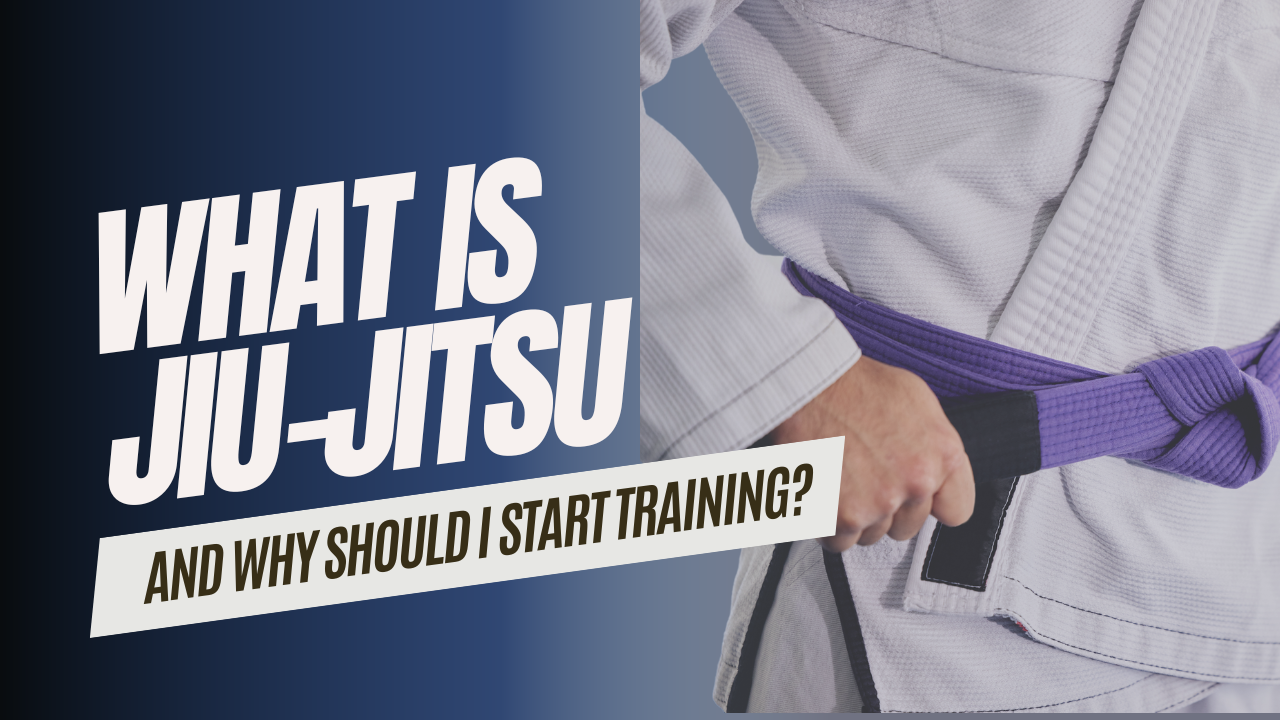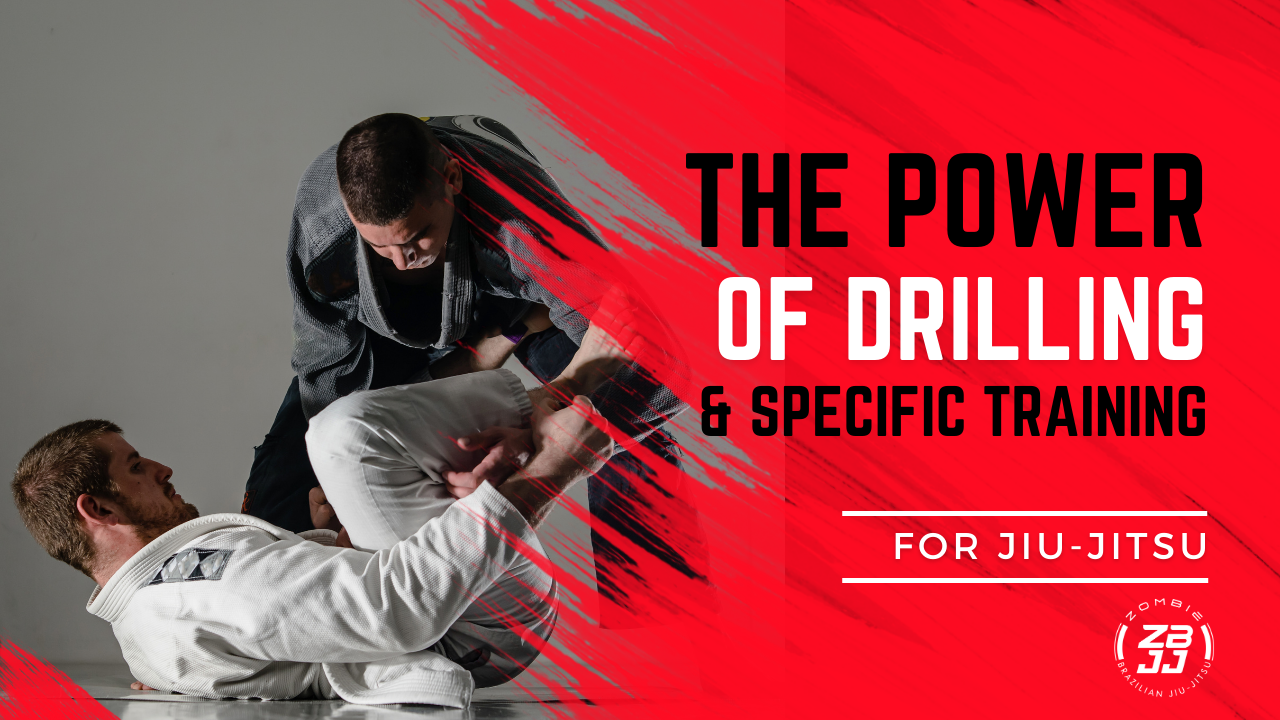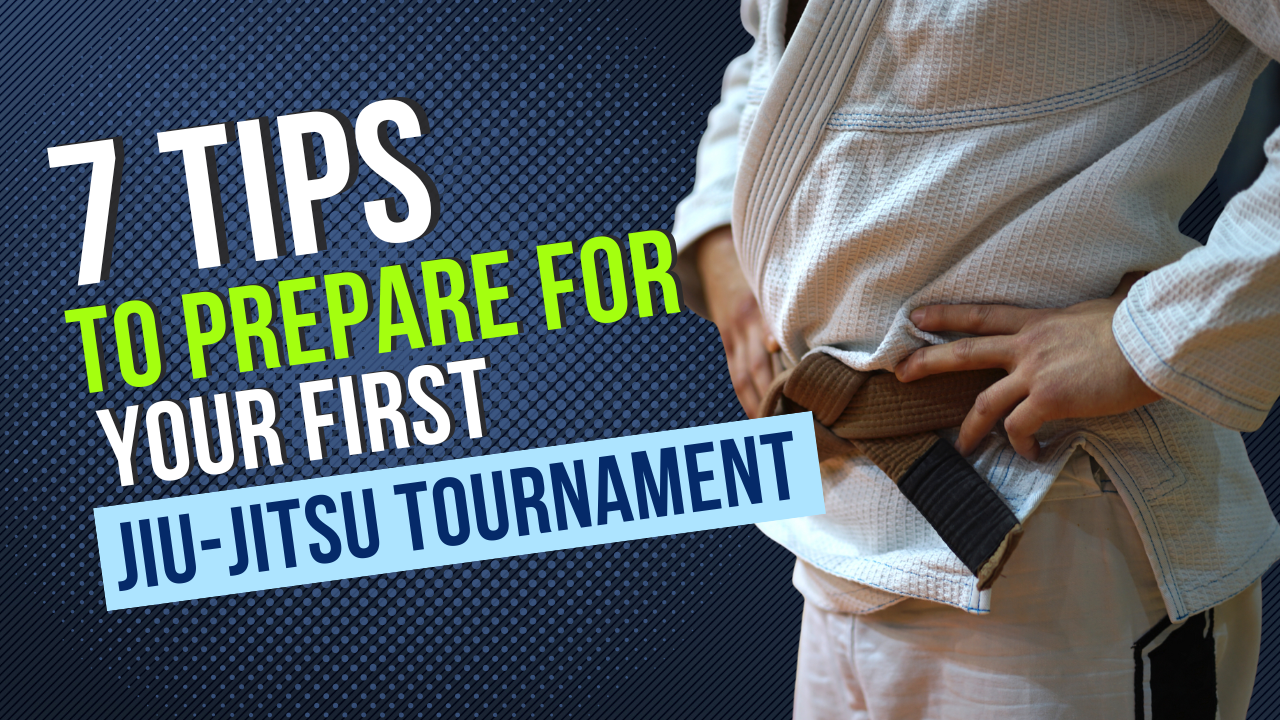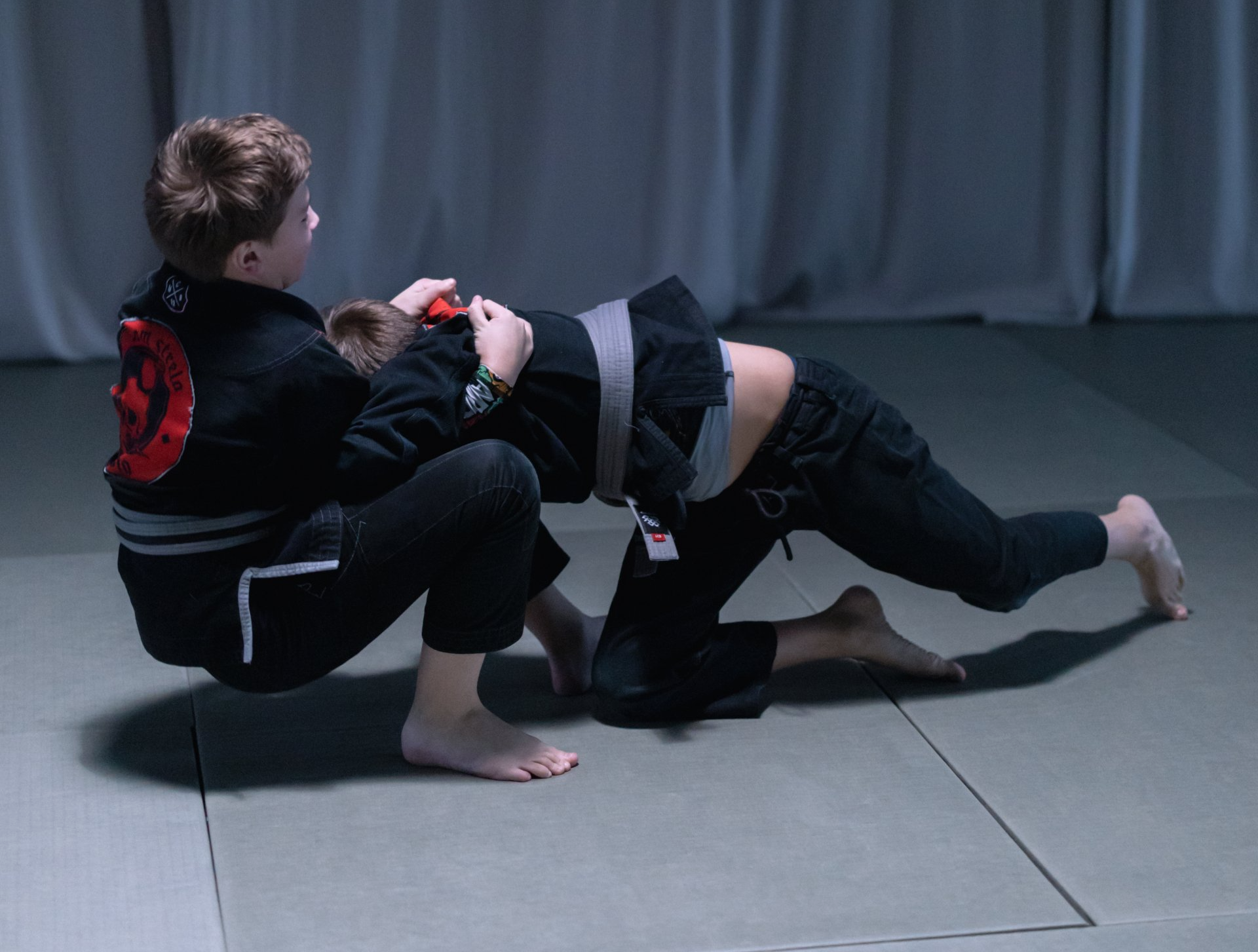How to stay injury free in jiu-jitsu after 40

Staying Injury-Free in Jiu-Jitsu After 40: Your Comprehensive Guide to Safe and Effective Workouts
Jiu-Jitsu is a martial art that demands strength, agility, and flexibility, making it an incredible form of physical activity for people of all ages. However, as we age, our bodies become more susceptible to injuries and require extra care and attention. For practitioners over the age of 40, maintaining a healthy and injury-free Jiu-Jitsu journey becomes a top priority. In this blog post, we will explore the best ways to workout, ensuring longevity, and injury prevention while enjoying your passion for Jiu-Jitsu well into your 40s and beyond.
Prioritize Warm-ups and Cool-downs
As we age, our muscles and joints require more preparation before intense physical activity. Warm-up exercises are crucial to increase blood flow, flexibility, and mobility. Start with gentle stretches targeting the major muscle groups and gradually increase the intensity. Incorporate movements that mimic Jiu-Jitsu techniques to activate specific muscles used during training. Cooling down with static stretches after training helps reduce muscle tension and promotes flexibility, enhancing recovery and reducing the risk of injuries.
Embrace Strength Training
Strength training is an essential component of injury prevention in Jiu-Jitsu. As we age, our muscle mass naturally declines, making us more susceptible to injuries. Engaging in regular strength training helps maintain muscle mass, bone density, and joint stability. Focus on compound exercises such as squats, deadlifts, bench presses, and overhead presses, which mimic the functional movements utilized in Jiu-Jitsu. Perform resistance training 2-3 times per week, allowing sufficient rest between sessions.
Balance Flexibility and Mobility
Flexibility and mobility are paramount in Jiu-Jitsu, particularly as we age. Engaging in regular stretching exercises helps maintain a wide range of motion, preventing injuries and improving performance. Incorporate dynamic stretches to improve flexibility, such as leg swings and arm circles, before training. Additionally, dedicate time to static stretching after workouts to enhance muscle recovery and flexibility.
Mind Your Recovery
Proper recovery is often underestimated, but it is crucial for injury prevention, especially as we get older. Overtraining and inadequate recovery increase the risk of injuries and hinder progress. Ensure you get enough rest between training sessions, allowing your body to heal and adapt. Consider incorporating yoga, meditation, or breathing exercises to reduce stress, which can impact your overall well-being and recovery.
Listen to Your Body
As an older Jiu-Jitsu practitioner, listening to your body is vital. Pay attention to any pain or discomfort and avoid pushing through injuries. If you experience soreness or minor injuries, take the time to recover fully before returning to full training intensity. Ignoring warning signs from your body can lead to more severe injuries that could sideline you for an extended period.
Modify Intensity and Volume
Adapting your training intensity and volume can help you stay injury-free in Jiu-Jitsu. As we age, our bodies may take longer to recover from intense workouts. Consider reducing the frequency of high-intensity training sessions and introducing lower-intensity days to balance your training schedule. Quality over quantity is key in maintaining longevity in Jiu-Jitsu.
Incorporate Cross-Training
Diversifying your workouts through cross-training can be highly beneficial for injury prevention. Engage in activities that complement Jiu-Jitsu, such as swimming, cycling, or Pilates, which provide cardiovascular conditioning and different movement patterns. Cross-training not only reduces the risk of overuse injuries but also improves overall fitness and body awareness.
Focus on Technique
As an older Jiu-Jitsu practitioner, your experience and technique play a significant role in your training. Emphasize the importance of proper technique and leverage to protect your body from unnecessary strain. Refining your technique not only enhances your performance but also minimizes the risk of injury during training and sparring sessions.
Jiu-Jitsu is a martial art that can be enjoyed and practiced well into your 40s and beyond with the right approach. Prioritizing warm-ups, cool-downs, strength training, flexibility, and mobility work will contribute to injury prevention and overall well-being. Alongside mindful recovery and cross-training, you can maintain a healthy and sustainable Jiu-Jitsu journey. Remember to listen to your body, adjust training intensity, and focus on technique to enjoy the art of Jiu-Jitsu for many years to come. Age is no barrier when it comes to pursuing your passion, and with these strategies, you can continue to roll on the mats injury-free.
TRY A FREE JIU-JITSU CLASS
CLICK A BUTTON BELOW TO GET STARTED










